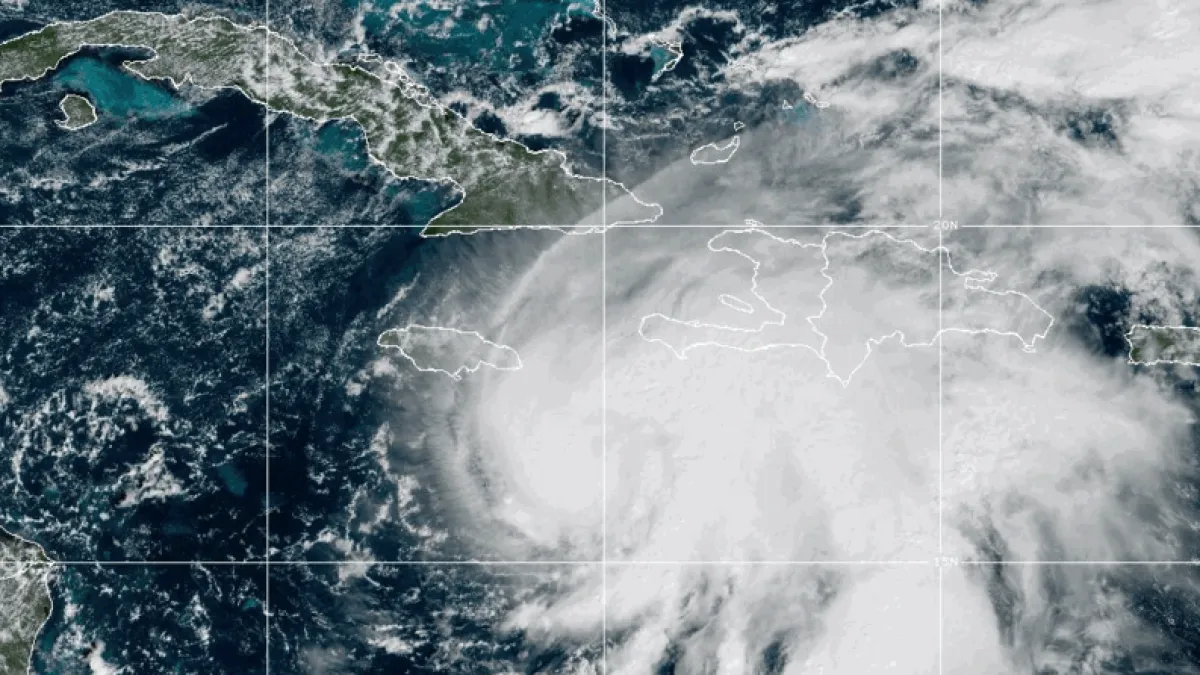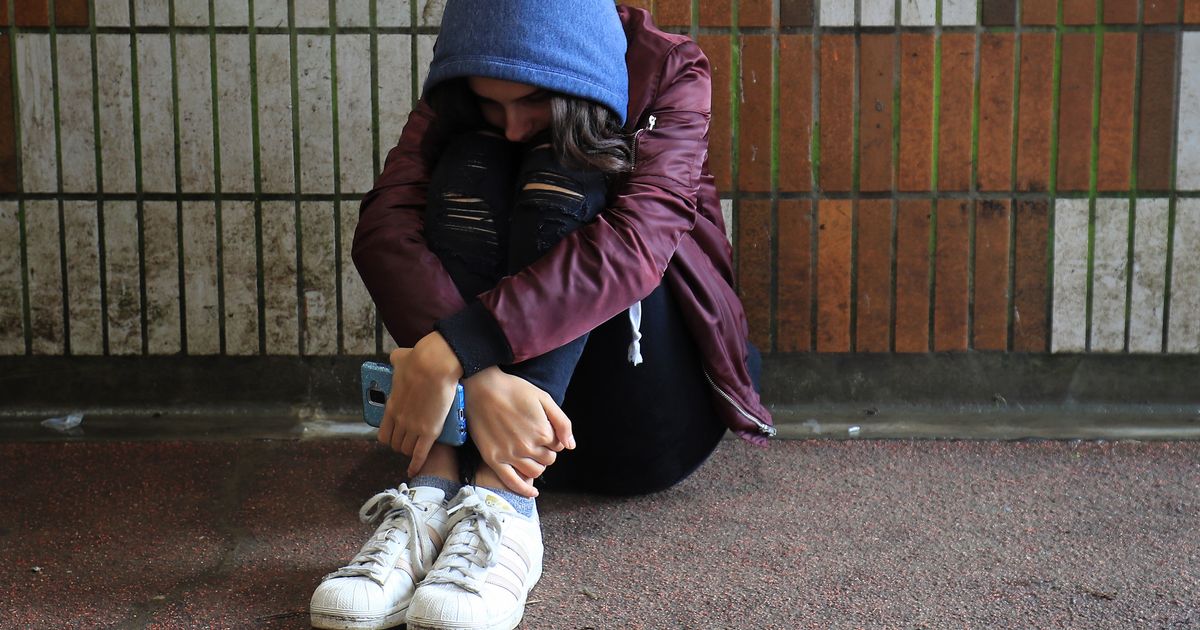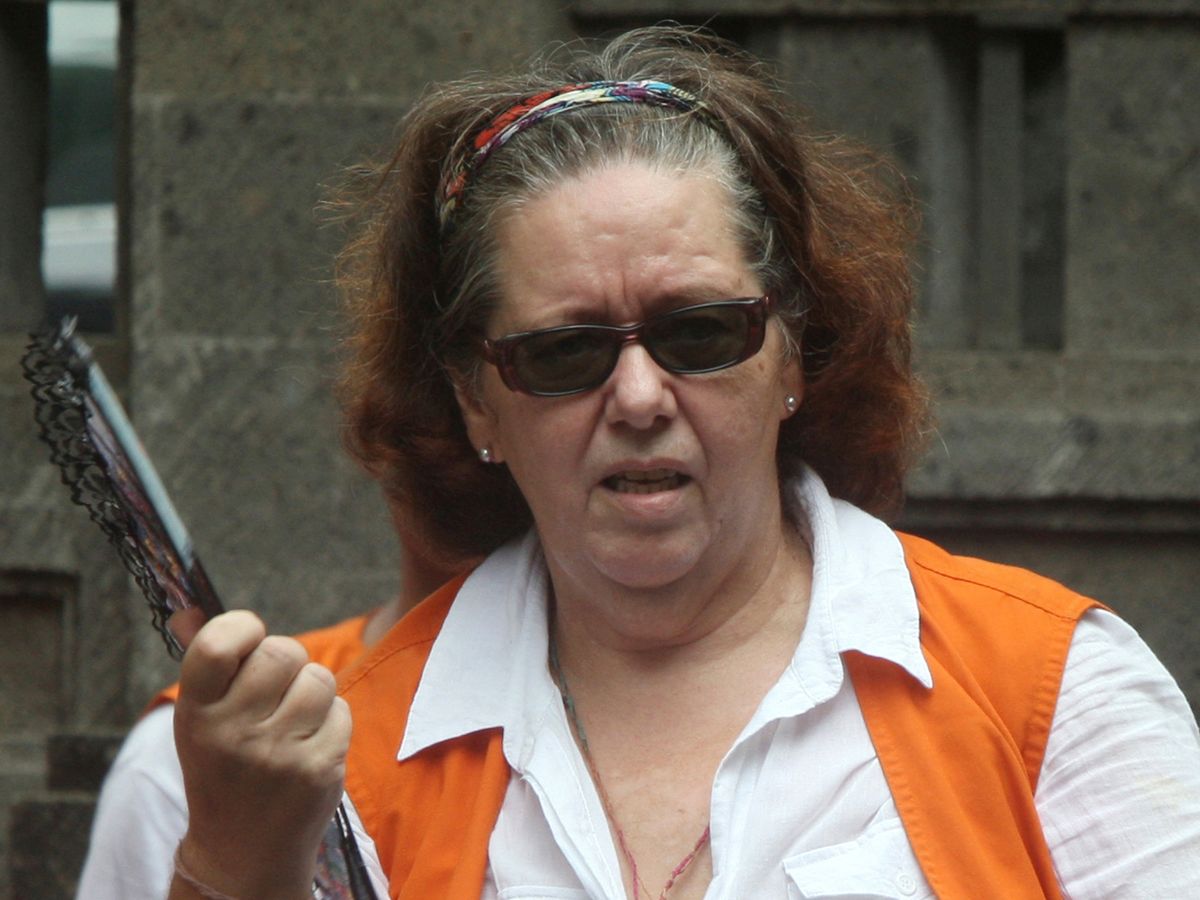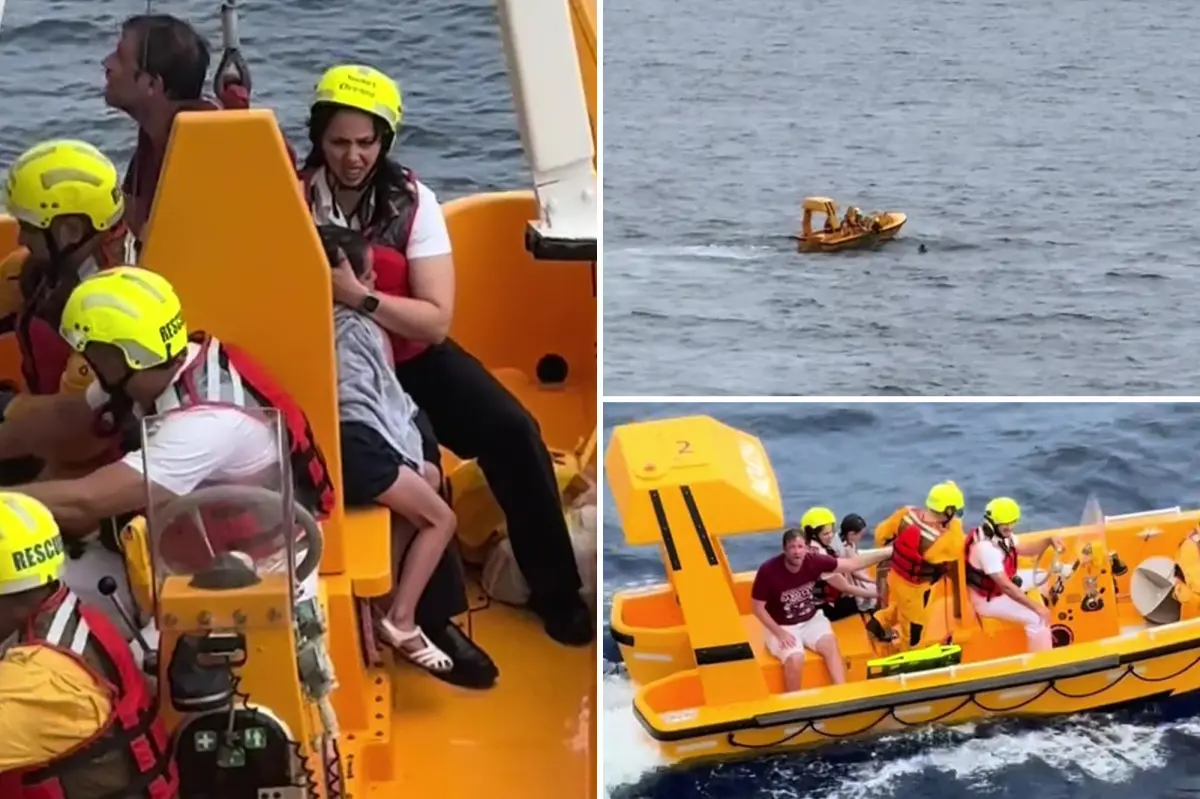Copyright NBC 5 Chicago

Hurricane Melissa is set to pummel Jamaica as a catastrophic Category 5 storm, the strongest to lash the island since recordkeeping began 174 years ago. The storm was expected to make landfall early Tuesday and slice diagonally across the island, entering near St. Elizabeth parish in the south and exiting around St. Ann parish in the north, forecasters said. Shortly after, it is expected to hit Cuba. Anticipating the hardship in store for his country, Jamaican Prime Minister Andrew Holness said, “I have been on my knees in prayer.” “There is no infrastructure in the region that can withstand a Category 5,” Holness added. “The question now is the speed of recovery. That’s the challenge.” When and where is Hurricane Melissa now? Live tracker Blamed for six deaths in the northern Caribbean as it headed toward the island, Melissa was on track to make landfall Tuesday in Jamaica before coming ashore in Cuba later in the day and then heading toward the Bahamas. Weather It was not expected to affect the United States, experts said. A life-threatening storm surge of up to 13 feet (4 meters) is expected across southern Jamaica, with officials concerned about the impact on some hospitals along the coastline. Health Minister Christopher Tufton said some patients were relocated from the ground floor to the second floor, “and (we) hope that will suffice for any surge that will take place.” Parts of eastern Jamaica could see up to 30 inches of rain while western Haiti could get 16 inches, the hurricane center said, citing the likelihood of “catastrophic flash flooding and numerous landslides." Mandatory evacuations were ordered in flood-prone communities in Jamaica, with buses ferrying people to safe shelter. In a 5 a.m. post on X, the National Hurricane Center in Florida warned people in the area to "remain sheltered." "Catastrophic flash flooding, landslides, and destructive winds will continue through today, causing widespread infrastructural damage, power and communication outages, and isolated communities," the NHC said. "Total structural failure is possible near the path of Melissa’s center. Along the southern coast, life-threatening storm surge and damaging waves are expected through the day. Failure to act may result in serious injury or loss of life." Melissa also was expected to make landfall in eastern Cuba late Tuesday as a powerful hurricane. A hurricane warning was in effect for Granma, Santiago de Cuba, Guantánamo and Holguin provinces, while a tropical storm warning was in effect for Las Tunas. Up to 20 inches (51 centimeters) of rain were forecast for parts of Cuba, along with a significant storm surge along the coast. Cuban officials said Monday that they were evacuating more than 600,000 people from the region, including Santiago, the island’s second-largest city. Melissa also has drenched the southern regions of Haiti and the Dominican Republic, with a tropical storm warning still in effect for Haiti. The hurricane was forecast to turn northeast after Cuba and strike the southeast Bahamas by Wednesday evening. A hurricane warning was in effect for the southeastern and central Bahamas, and a tropical storm warning was issued for the Turks and Caicos Islands. What are the different hurricane categories? The Saffir-Simpson Hurricane Wind Scale rates hurricanes from one to five. Category 1 hurricanes range from 74 to 95 mph and can bring very dangerous winds that can damage even sturdy houses. Category 1 is the weakest hurricane, and the storms strengthen up the scale from there. If a hurricane is Category 3 or higher, it is considered a major hurricane. Category 3 hurricanes start with maximum sustained winds of 111 mph (180 kph). How serious is a Category 5 hurricane?



